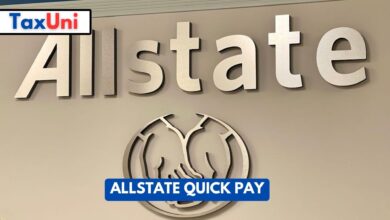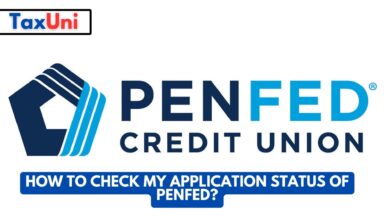Mortgage Payment Assistance Programs Overview
This article tells us that the Homeowner Assistance Fund (HAF) program, authorized by the American Rescue Plan Act, has provided billions of dollars in assistance to over half a million homeowners at risk of foreclosure, helping to keep families in their homes and increase housing stability.

Contents
The mortgage payment assistance programs, most notably exemplified by the Homeowner Assistance Fund (HAF) authorized by the American Rescue Plan Act, represent a critical lifeline for homeowners facing financial hardship in the wake of the COVID-19 pandemic. This comprehensive initiative, administered by the U.S. Department of the Treasury, has made available $9.961 billion to support struggling homeowners across the nation, with funds distributed to states, U.S. Territories, and Indian Tribes. The HAF program allows for assistance with mortgage payments, homeowner’s insurance, utility payments, and other specified housing-related expenses, serving as a crucial buffer against mortgage delinquencies, defaults, foreclosures, loss of utilities, and displacement. Through June 2024, HAF-funded programs have assisted over 549,000 homeowners, with the majority of aid reaching economically vulnerable and traditionally underserved populations, including low-income homeowners, homeowners of color, and female homeowners. This substantial effort has not only helped prevent a wave of foreclosures but has also played a pivotal role in maintaining foreclosure filings below pre-pandemic levels, contributing significantly to housing stability across diverse communities nationwide.
Program Overview and Eligibility
The HAF program provides direct financial assistance to eligible households, typically covering:
- Mortgage payments and arrears
- Property taxes
- Homeowner’s insurance
- Homeowners’ association fees
- Utilities (electricity, gas, home energy, water, and wastewater)
- Internet service
- Certain home repairs
Eligibility for these programs is generally based on factors such as:
- Income level (usually at or below 80% of the area median income)
- Risk of housing instability or homelessness
- Financial hardship related to the COVID-19 pandemic
Funds are distributed through state, local, and tribal governments, which have the flexibility to design their programs to best meet the needs of their communities. The Treasury Department provides ongoing guidance and resources to support successful HAF program implementation, including policy guides, FAQs, reporting guidelines, and resources for enhancing program effectiveness.
As of March 2025, the HAF program has:
- Distributed $6.6 billion to more than 500,000 homeowners at risk of foreclosure
- Helped keep families in their homes and increase housing stability
- Reached a higher proportion of economically vulnerable and traditionally underserved homeowners compared to previous federal mortgage assistance efforts

Recent Developments and Expansions
Some states have expanded their mortgage assistance programs to address evolving needs. For example:
- Maryland’s Department of Housing and Community Development expanded its program to fund up to six months of forward payments for eligible applicants, estimating it will help more than 1,000 additional Marylanders.
- The Treasury Department updated its guidance to make it easier for recipients to use remaining State and Local Fiscal Recovery Funds (SLFRF) award funds to construct affordable housing.
The HAF program is part of a broader set of initiatives aimed at improving housing stability:
- The State and Local Fiscal Recovery Funds (SLFRF) program has budgeted $18.5 billion for nearly 3,000 housing projects through September 30, 2023, including $7 billion specifically for the construction and preservation of affordable housing.
- Down payment assistance (DPA) programs have reached an all-time high, with the number of options increasing by 2% in Q2 2024 compared to the previous quarter.
The success of the HAF program is attributed to lessons learned from the 2007-2008 financial crisis. Key design elements include:
- Flexibilities to address urgent community needs
- Streamlined communication and innovative approaches for faster assistance
- Culturally and linguistically relevant outreach
- Reduced application requirements
- Investment in housing stability services like housing counseling and legal aid
Ongoing Challenges and Future Outlook
While the HAF program has been successful, challenges remain:
- Ensuring continued funding and support as the program progresses
- Adapting to changing economic conditions and housing market dynamics
- Reaching all eligible homeowners, particularly those in hard-to-reach populations
As the program continues, ongoing evaluation and adaptation will be crucial to maintain its effectiveness in supporting homeowners and promoting housing stability across the nation.





